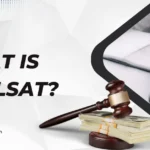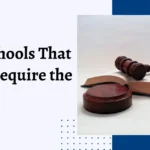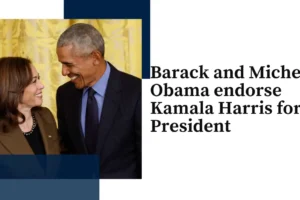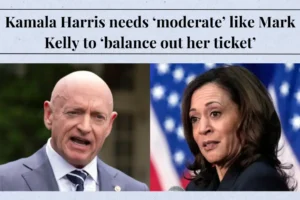Arizona voters approved more than half of school district bonds and overrides in November elections, but changes in property values that started in 2007 and caused significant tax rate increases for some may have made voters more reluctant to vote yes on the measures, according to an analysis by Arizona public finance experts.
“A lot of the school bond and override elections were very, very close,” said Judy Richardson, vice president, of Stifel Nicolaus, a full service brokerage and investment banking firm that provides guidance for Arizona school districts on such measures. “In some cases, you’re talking about a handful of votes that made a difference in whether it passed or not.”
Though tax rate increases often do not result in increased tax bills for property owners, the impression of an increase can have a chilling effect on voters, said Randie Stein, vice president of Stifel Nicolaus.

Voters approved a Mingus Union High School District seven year 10% maintenance and operation budget override beginning FY 2014-2015.
Of the 70 school district questions on ballots across the state, Arizona voters approved 61 percent of maintenance and operation overrides, 63 percent of capital outlay overrides, and 64 percent of bond measures, Stein said.
“These were bad passage rates for bonds, but good passage rates for capital override elections,” said Stein.
The approval rate for school bond elections dropped 20 percent from the five-year average. Approval rates increased 16 percent for capital outlay overrides and 6 percent maintenance and operations overrides, according to the Stifel Nicolaus analysis.
“We can’t dismiss the economic events that began in 2008. People were facing financial difficulty and job stability and this may have had a negative impact on school district elections starting then,” Stein said.
Many of the M&O overrides were renewals, so school districts could say they were going to maintain the same tax rate, but almost all the bond elections this year proposed a tax rate increase, which appears to have influenced election outcomes, Richardson said.
Judy Richardson of Stifel Nicolaus discusses the outcome of school district bond and override elections during a legislative workshop Nov. 8, 2013 in Tempe.
“What I conclude is that it’s not the average amount of your tax rate, it’s not the absolute amount of tax impact, it’s what is the percentage average increase over the past year,” Richardson said. “It was the only thing different from the bonds that passed and the bonds that failed.”
In bond elections that passed, the tax rate change from the current year to the first year of the bond ranged from negative nine percent to 28 percent. In bond elections that failed it ranged from an increase of 24 percent to 73 percent, Richardson said. Yet actual tax bill increases were similar: an increase of 37 cents per $100,000 valuation for those that passed and 43 cents per $100,000 valuation for those that failed.
The Stifel Nicolaus analysis also found differences in passing rates depending on the number of local funding measures on the ballot. Richardson said the finding go against conventional wisdom. The passage rate when there were two local school funding measures on the same ballot was 75 percent. The passage rate when a single bond or override question appeared was 57 percent.
“So the second question isn’t going to hurt your chance of passing the first,” Richardson said.
Stein said the election analysis also showed that voters may be waiting until closer to election day to make their decisions. While many bond and override measures looked like they had failed Tuesday night based on early ballots and poll results, more had passed when the ballot count, including early ballots turned in at the polls, was complete on Friday night, Stein said.
Mail-in ballots that arrive less than a week before the election or are turned in at polling places are the last to be counted and appear to have shifted the outcomes of some measures, Stein said.
“What this tells me is this is a late game. There are people holding ballots and waiting until election day,” Stein said. “Pro-committees need to keep working, because there are good votes still out there until election day. You may reach the yes(es) in the late days.”
About Bonds and Overrides:
Bonds and overrides are voter approved community support for schools generated by local property taxes. They are for a specific period of time and purpose.
At one point, they were used to enhance state funding. In recent years, school districts say this local support is needed to fund just the basics because of deep cuts to state K-12 funding that have been made since fiscal year 2008 as the state struggled with a budget crisis.
Maintenance and operations – or M&O – overrides are used to directly impact the classroom. They are typically used to reduce class sizes, provide all-day kindergarten, which is not longer fully funded by the state, to provide additional training for teachers, and for instructional materials.
Maintenance and operations override measures are often continuations of existing overrides, and not requests for new funding.
Capital outlay overrides are for items like technology, which is increasingly being integrated in classrooms as a learning tool and access point for information, upgrading network infrastructure and buses.
Bonds can be used for school construction and renovation. Many districts are now commonly using bond money for basic repairs to school buildings, since the state has not provided those dollars for building renewal since 2008.











